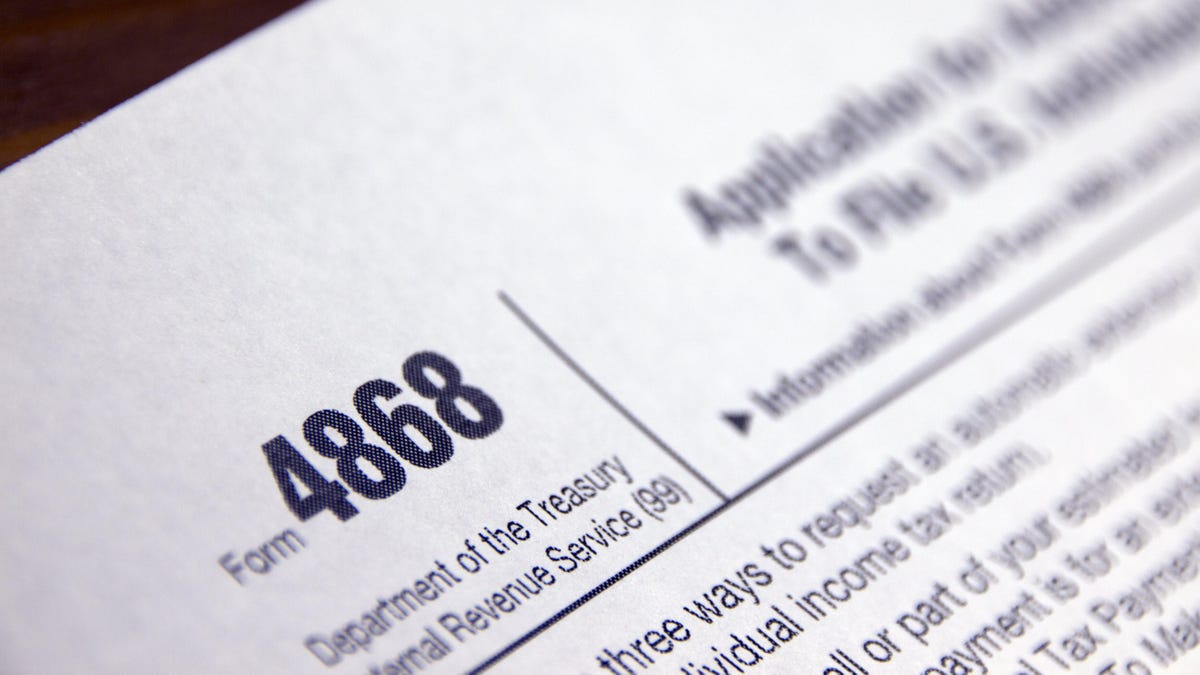Avoid Penalties by Filing for a Tax Extension
If you’re behind on filing your taxes, consider filing for an extension today—before the 2020 tax deadline expires at midnight—as you’ll avoid costly IRS penalties for not filing your tax return on time. Here’s what you need to know....


If you’re behind on filing your taxes, consider filing for an extension today—before the 2020 tax deadline expires at midnight—as you’ll avoid costly IRS penalties for not filing your tax return on time. Here’s what you need to know.
Why you might file for a tax extension
Whether you’re missing tax documents (like a stray Form 1099), dealing with an emergency, or simply forgot about the deadline, you can still buy extra time to file your taxes by filing for an extension until Oct. 15, 2021. (Taxpayers living abroad qualify for an automatic extension until June 15—details can be found here )
That doesn’t mean your taxes aren’t still due today, however. If you think you owe the IRS money for 2020, you’re still expected to pay at least 80% of your estimated tax bill before the end of today. This payment can be made as part of your tax extension request, even if it’s a rough estimate (if you overpay, the IRS will refund you the difference later). Otherwise, starting tomorrow, you’ll be charged a failure-to-pay penalty equal to 0.5% of your unpaid taxes for each month or partial month you’re overdue, up to a total of 25%.
So, why would you file for an extension if you still get charged interest? Well, an extension avoids an additional penalty, which is ten times greater than a late payment penalty, equaling 5% of your unpaid tax bill for each month or partial month your return is late, up to 25%. (And just because the IRS likes to be confusing: If the Failure to File and the Failure to Pay penalties run simultaneously, you actually only pay 4.5% for the Failure to File penalty, which maxes out at 22.5%, as the IRS is limits combined penalties to 5% overall).
G/O Media may get a commission
How to file for a tax deadline extension
To file an extension, you’ll need to submit IRS Form 4868 to the IRS electronically before midnight, using tax prep software (free versions are available here, if you make $72,000 or less). These software programs can provide you with a rough estimate of possible taxes owed, which can then be paid off as part of the Form 4868 submission process. Doing so will give you more time to nail down paperwork, and you’ll avoid late penalties. (You can also submit the form via snail-mail, but you’ll need to make sure it’s postmarked for May 17).
According to Kiplinger, you can also get an automatic extension by making an electronic tax payment of your estimated taxes directly with the IRS, before midnight. Select “Pay Your Taxes Now ” on the IRS’ webpage to make an electronic federal tax payment using either your bank account, or a credit or debit card (processing fees apply). When paying, select the “Extension” option, and then make sure you save the confirmation number after the payment is processed, too.
Also important: rules on tax extensions vary by state, so check your state’s tax agency website before you file.

 ShanonG
ShanonG 
































